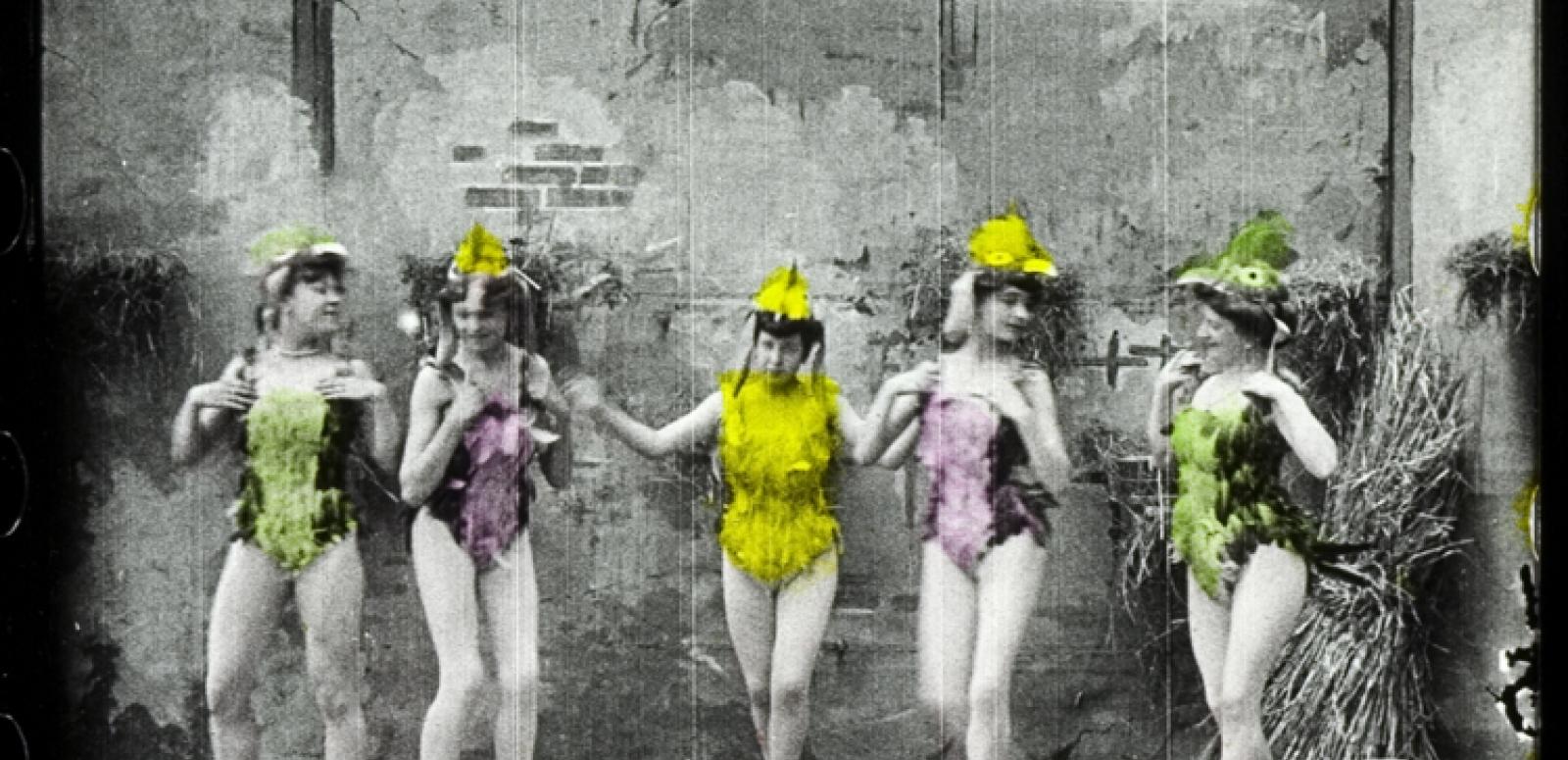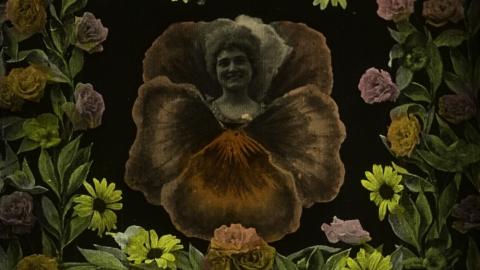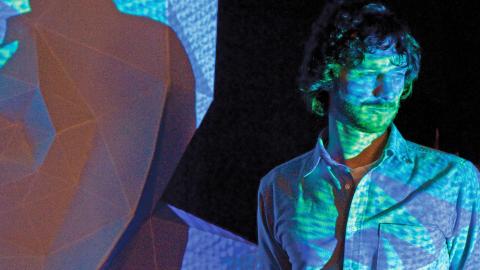

Inspired by the NFSA collection
Artists, performers and scholars are invited to be inspired by the NFSA’s collection – to excite their curiosity and to seek inspiration. The Scholars and Artists in Residence (SAR) Fellowship was set up in 2006, not only to help SAR fellows develop their ideas, but also to share knowledge with the broader community. In return, the NFSA acquires a copy of the SAR-inspired new work and any associated research that adds new information to the NFSA collection.

NFSA Historian Graham Shirley presented a paper on ‘The archive as intermediary between past and future’ at last week’s Museums Australia conference in Melbourne, reflecting an increasing interest in using audiovisual archives by experimental and performing arts communities. The NFSA’s Collection, Outreach and Development Manager David Boden is very committed to this artistic interaction as a means of building greater interest in its collection. Not only does the initiative support the artistic development of performances but it also ensures Australia’s audiovisual heritage continually evolves and is relevant to contemporary audiences.
The NFSA is currently working with the Sydney Festival and the physical theatre company, Legs on the Wall, to produce an event that is directly inspired by the NFSA-held Corrick collection of 140 short films. These mostly European films were assembled and screened by the Corrick Family Players, a concert troupe who travelled vast distances through Australasia, South-East Asia, Europe and the UK between 1901 and 1914. Legs on the Wall’s new show, called My Bicycle Loves You, combines live acrobatic and dance performance with the Corrick Films. The event will premiere at the
Sydney Festival in January 2011, and it will also appear at the Perth International Arts Festival in February – March 2011.
Sound, performance and installation artist Michelle Outram researched the NFSA’s collection of Australian political speeches dating from 1929 onwards. In June and July 2006, she first performed this work in the Sydney Domain under the title, Not the Sound Bite!, as part of a broader project called Speakers’ Corner. Michelle performed her work inside a glass box, physically responding to the conceptual nature of the political speeches broadcast from speakers outside the box. Michelle chose the speeches for their relevance to current policy and decision-making.
On 11 September this year, Australia’s Silent Film Festival screened a copy of the 1981 restoration of the 1927 Australian silent epic, For the Term of His Natural Life. While the original was screened at Sydney’s State Theatre with an orchestra of 30 players, the Silent Film Festival screening was accompanied by solo musician and visual artist Colin Offord at Pitt Street Uniting Church, Sydney.
These examples illustrate an increasing interest in Australia’s audiovisual archives by experimental and performing arts communities. Repurposing and reinterpreting archival material gives artists an opportunity to acknowledge their cultural origin while retelling the story in a contemporary way. It helps make the collection relevant to society today and allows it to enter into a two-way conversation with the arts communities and the festival-going public.
This article is based on NFSA Historian Graham Shirley’s Museums Australia 2010 conference paper ‘The archive as intermediary between past and future’ and NFSA Collection, Outreach and Development Manager David Boden’s strategic plan for accessing the Archive.
The National Film and Sound Archive of Australia acknowledges Australia’s Aboriginal and Torres Strait Islander peoples as the Traditional Custodians of the land on which we work and live and gives respect to their Elders both past and present.


